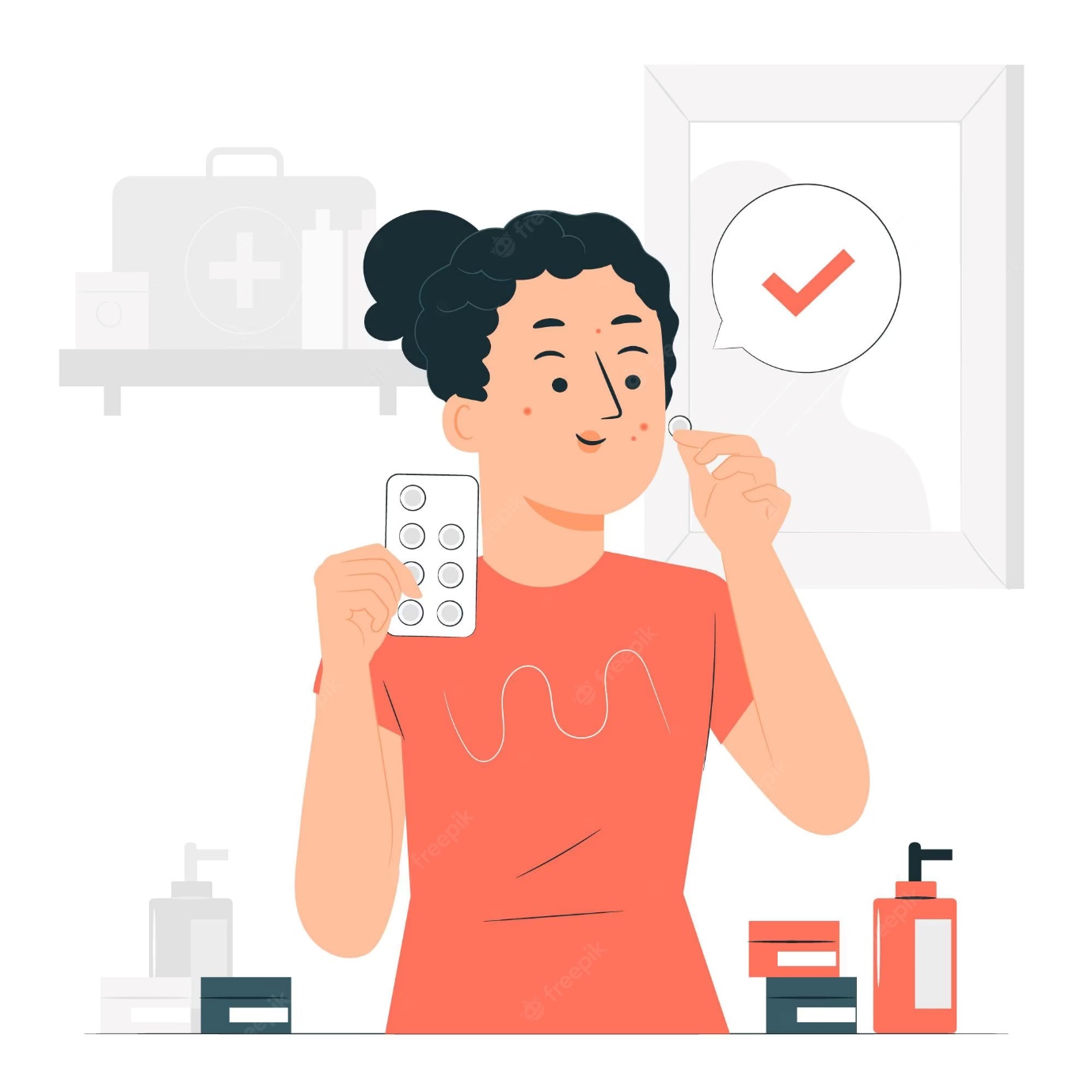Q. What Is Excoriation Disorder, Also Known as Dermatillomania?
Numerous people frequently pick at their skin. It’s usually just a harmless habit. However, the behaviour can occasionally become out of control and cause bleeding, scars, or other skin damage. When it occurs, it is referred to as Dermatillomania or excoriation disorder.
Usually, the motivation for this practice is to fix a skin issue, such as a pimple, lump, uneven cuticle, or something that “just doesn’t feel right.” When picking results in bleeding and finally scabs, the scabs may then be picked at again. This procedure has the potential to repeat itself.
An illustration of a body-focused repetitive behaviour, or BFRB, is Dermatillomania. Other manifestations of BFRBs include nail biting, trichotillomania (hair pulling), and cheek biting. Each of these actions is normal; they only constitute a disorder if they pose a serious risk to the person. For instance, the practise is seriously problematic if cheek biting causes recurrent bleeding or hair pulling causes noticeable bald patches.
The issue can manifest throughout adolescence or maturity; occurrences in childhood are less frequent.
Inflammatory Acne
Excoriated acne is a term used to describe skin abnormalities caused by more extreme skin picking. These anomalies are frequently picked at again as a result, starting a vicious cycle that can be challenging to break
Eczematous Skin
Sometimes bleeding and skin damage intensify, resulting in what is called an “excoriation wound.” Skin that has been excoriated may take a very long time to recover. The scars left behind might occasionally last a lifetime. Damaged skin from Dermatillomania is referred to as excoriated skin (whether or not there is excoriated acne).
Why do people pick at their skin?
Sometimes picking your skin starts out as a mindless habit. The habit strengthens if the person considers it to be satisfying in some way. Picking your skin requires little to no conscious effort, unlike some habits (like smoking cigarettes, for example). The majority of Dermatillomania sufferers claim that they frequently pick at their skin unintentionally. This behaviour is difficult to break since it is so simple for people to pick at their skin. In contrast, smoking requires effort on the part of the smoker because the cigarette is not always readily available.
Other instances, picking at the skin starts out as a deliberate attempt to remove a skin imperfection. Picking can cause unpleasant bodily feelings, which the person subsequently seeks to alleviate by picking more. The development of Dermatillomania is more likely to affect those who are unhappy with some element of their skin. The variables mentioned in the preceding paragraph help to strengthen the habit after it has already begun.
Skin plucking is frequently done alone. This has the effect of removing any immediate social pressure to change the behaviour, regardless of how the habit was formed. Social pressure has the capacity to drastically alter our behaviour. For those who have Dermatillomania, this doesn’t happen until after the damage has been done and people start seeing the scars or scabs.
Skin picking: A Symptom of OCD?
Obsessive-compulsive disorder (OCD) and excoriation disorder are regarded as “related disorders,” although they are not the same condition. Skin picking is similar to compulsions, which are an OCD symptom, although they are usually unfocused on the body.
CBT for Skin Picking Disorder
Thankfully, BFRBs like Dermatillomania are thought to be relatively curable conditions. Behaviour therapy is the main treatment for Dermatillomania. A type of cognitive-behavioural treatment is behaviour therapy (CBT).
Behaviour therapy for Dermatillomania normally does not involve efforts to change your thinking, despite the fact that some versions of CBT do. Learning about the disorder and how to understand it is the first stage in the CBT treatment. The next step is usually referred to as “behavioural monitoring.” You might be requested to record your skin-picking habits throughout this time. The next step is for you to undergo visible, physical changes that will lessen your tendency to pick at your skin.
CBT for Dermatillomania often entails weekly sessions with your therapist. Assessing what went well and poorly since your previous session is a major focus. Additionally, new methods that are probably to further reduce your skin picking are being considered.
Finding Treatment for Dermatillomania
Children and adults who repeatedly pick at their skin can receive treatment at TalktoAngel for Cognitive-Behavioural Therapy. Please get in touch with the best psychologists, counsellors and psychiatrists if you’re interested in online therapy.
If you are looking to Communicate with Best counselling TalktoAngel to connect with the best mental health professionals online. Whether you are looking for the biggest “Online Psychologists” or online therapy

